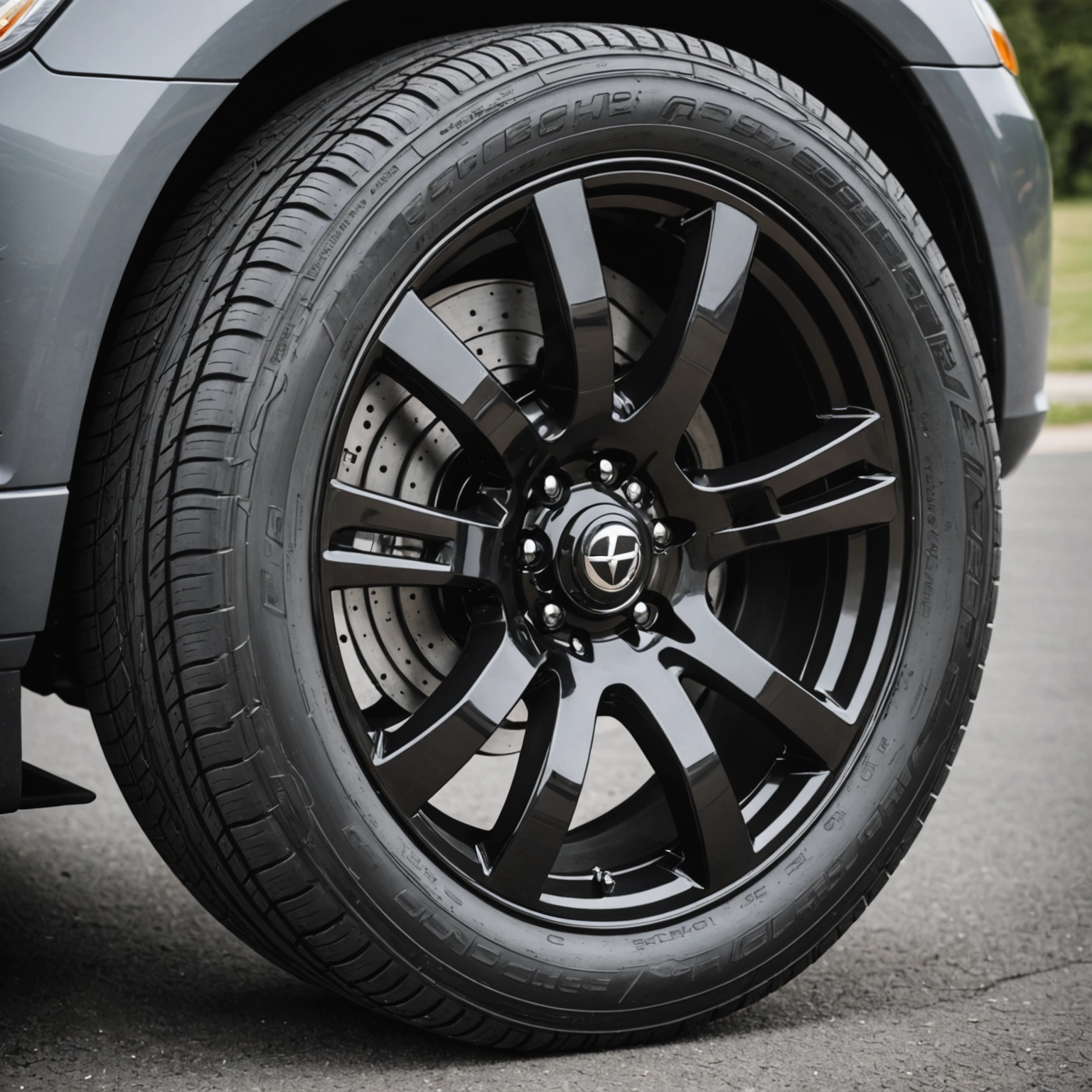**Which Tire Has More Tread? A Guide to Understanding Tire Tread Depth**
When it comes to vehicle safety and performance, the tread on your tires plays a crucial role. Tread depth impacts traction, handling, and braking ability, especially in adverse conditions like rain, snow, or ice. But a common question among drivers is: *Which tire has more tread?* Let’s explore how to determine tread depth and what factors influence it.

### Understanding Tire Tread Depth
Tire tread depth refers to the distance between the top of the tread rubber and the bottom of the tire’s groove. It is usually measured in 32nds of an inch or millimeters. New tires typically come with a tread depth of about 10/32″ to 12/32″ (approximately 8 to 9.5 mm), depending on the tire type and brand.

### Comparing Tread Depth in Different Tires
**1. New Tires vs. Worn Tires:**

– **New tires** generally have the most tread, providing maximum grip and safety.
– **Worn tires** have reduced tread depth, which can compromise traction and increase the risk of hydroplaning.

**2. Different Tire Types:**
– **All-season tires** usually start with a tread depth around 10-12/32″.
– **Winter tires** often have deeper treads (sometimes up to 15/32″ or more) to better channel snow and slush.
– **Performance tires** may have shallower treads for better handling but still start with significant depth.
**3. Same Tire, Different Wear Levels:**
If you compare two tires of the same model but at different wear stages, the one with less use will have more tread remaining.
### How to Measure Tread Depth
You can measure tread depth using a simple tool called a tread depth gauge. Alternatively, you can use the “penny test”:
– Insert a penny into the tire’s tread groove with Lincoln’s head upside down and facing you.
– If you can see all of Lincoln’s head, your tread is below 2/32″, and it’s time to replace your tires.
– If part of Lincoln’s head is covered, you have more than 2/32″ of tread remaining.
### Which Tire Has More Tread?
**In general, a new tire will have more tread than a worn tire of the same type.**
– If comparing a brand-new all-season tire to a tire that’s been driven for a few thousand miles, the new one will have more tread depth.
– Conversely, if both tires are equally used, their tread depths will be similar.
### Why Tread Depth Matters
– **Safety:** Deeper tread provides better grip, especially in wet or snowy conditions.
– **Performance:** Adequate tread ensures optimal handling and braking.
– **Legal Compliance:** Many regions have legal minimum tread depths (commonly 2/32″) for safe driving.
### Conclusion
The tire with more tread is typically the newer or less-worn tire. Regularly checking your tire tread depth is essential to maintain safety and performance on the road. Remember, once your tires reach the minimum legal tread depth or show signs of uneven wear, it’s time to replace them to keep your vehicle safe and efficient.
**Stay safe out there—keep those treads deep!**

